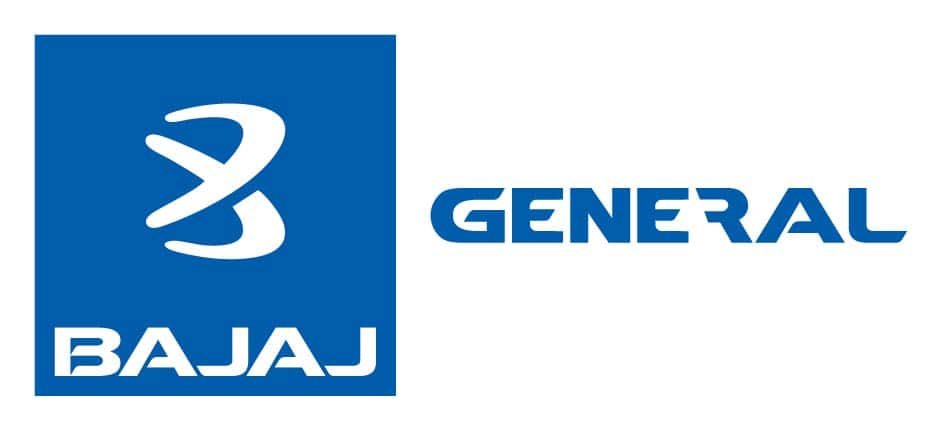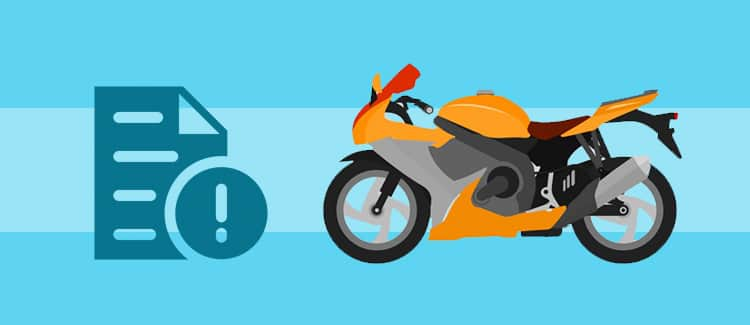Norms of BS6 & Its Impact on the Two-Wheeler Industry
With the increasing concern over air pollution and environment degradation, the central government released stricter Bharat Stage 6 (BSVI or BS6) emission norms for bikes and cars in 2017. Later, they made it compulsory for all cars and two-wheelers to sell vehicles that are BS6 compliant starting from 1st April 2020. In this article, you will explore what is BS6 norm, how it is different from the previous standards, and its profound impact on the two-wheeler industry.
What is the BS6 Emission Standard?
BS6 stands for Bharat Stage 6 is a regulation set by the Government of India. It is an advanced gas emission standard equivalent to EURO 6 norms that are applied in European nations. With the constant rise in pollution, the emission norms are mandatory for all the vehicles in India. The objective of the emission norm is to reduce the harmful gas emission, such as nitrogen oxides (NOx), hydrocarbons (HC), carbon monoxide (CO), and particulate matter (PM) from motor vehicles.
Effect of BS6 on Two-wheeler Manufacturers
The transition from BS4 to BS6 has changed the two-wheeler engine also. After the introduction of BS6, the two-wheeler manufacturers changed the calibration and combustion of the engine. Moreover, they improved the fuel injection and cylinder pressures for the treatment of NOx and PM.
To comply with the BS6 norms, bike manufacturers introduced a better fuel injection system in India. After this, the carbon emission in two-wheeler petrol engines has decreased although the BS6 engines are less powerful but more fuel efficient.
Does it Affect the On-road Price of Two-wheelers?
When the government made it mandatory for the manufacturers to follow the BS6 norms, they modified the engine that emits lesser harmful gases on emission. Moreover, it stopped them from using affordable carburetors and replaced them with expensive fuel injection for their two-wheeler engines. This made the on-road price go up a notch by10-15 percent.As we have mentioned the carburetor and fuel injection system, let's understand the difference between them.
Key Difference Between BS4 and BS6 Norms
Here are the 4 key differences between BS4 (previous norm) and BS6 (current norms):
- Emission Limits: BS6 engines produce significantly lower levels of NOx (by up to 70% for diesel engines and 25% for petrol engines) as compared to BS4.
- On-Board Diagnostics (OBD): BS6 vehicles have OBD systems, which gives real-time monitoring of emissions.
- Particulate Filters: BS6 petrol engines have particulate filters, which helps in reducing harmful exhaust particles.
- Improved Fuel Quality: BS6 fuel has a significantly lower sulfur content (10 ppm vs 50 ppm in BS4), leading to cleaner combustion.
Impact on Two-wheeler Manufacturers
The automobile industry, particularly two-wheeler segment, faced unique challenges and grabbed opportunities with the transition to BS6 norms:
- Increased Manufacturing Costs: With the incorporation of BS6 fuel injection systems along with catalytic converters, and OBDs has increased production costs, pushing up the retail prices of bikes.
- Enhanced Engine Technology: There is a significant upgrade in the engine technology, shifting from carburetors to fuel injection for precise air-fuel mixture control.
- Improved Fuel Efficiency: While the overall MRP are higher, BS6-compliant bikes generally offer better fuel efficiency and lower running or operational costs.
- Reduced Emissions: The most important, there is a significant drop in overall emissions has contributed to improved air quality, aligning with global environmental goals.
- Market Realignment: The two-wheeler manufacturing companies had to take apart their product portfolios, phasing out non-compliant models such as BS4 and introducing BS6 variants.
Effects on Demand for Two-wheelers
Since there was an increment in the prices of two-wheelers by up to 10-15%, there was a fall in the sale graph of the two-wheeler manufacturing companies after the introduction of BS6.Moreover, this made a sharp hike in price of two-wheeler insurance policy.
What's Next?
The evolution of emission norms from BS4 to BS6 has made significant changes in the two-wheeler manufacturing companies in India. After several COVID-19 shutdowns, the industry started to recover in 2022.
With that saying, the two-wheeler industry has started working tirelessly to produce different models of new-age electric vehicles. Moreover, the retail sales of electric two-wheelers have been consistently rising since May 2022. If you are planning to buy your dream bike, this is the right time. Ensure that you purchase the right bike insurance policy along with it.
FAQs About BS6 Norms & Its Impact on Bike Industries
-
Q. What is the difference between BS4 and BS6 in bikes?
Ans: BS6 bikes have stricter emission controls for better fuel efficiency, and advanced technologies like fuel injection and OBD. On the other hands, BS4 bikes had simpler, carburetor-based engines and higher permissible emission limits. -
Q. How does BS6 affect bike mileage and performance?
Ans: Generally, BS6 bikes offer better fuel efficiency and smoother engine performance due to more precise fuel-air mixture control, but the added components can slightly reduce initial acceleration. -
Q. Can I still use my BS4 bike after the BS6 norms?
Ans: Yes, as long as your BS4 bike is registered with the RTO before the BS6 norms were introduced you can use it. -
Q. Why are BS6 bikes more expensive than BS4 bikes?
Ans: BS6 bikes are costlier due with the incorporation of smarter technologies like fuel injection, catalytic converters, and OBD systems, which leads to higher manufacturing and R&D costs. -
Q. What is the future of BS6 two-wheelers in India?
Ans: With the push for e-bikes or electric scooters & stricter emission norms, the future may see a gradual shift from BS6 two-wheelers to electric and hybrid models in the upcoming years.
^The buying/renewal of insurance policy is subject to our operations not being impacted by a system failure or force majeure event or for reasons beyond our control. Actual time for a transaction may vary subject to additional data requirements and operational processes.
*TP price for less than 75 CC two-wheelers. All savings are provided by insurers as per IRDAI-approved insurance plan. Standard T&C apply.
*Rs 538/- per annum is the price for third party motor insurance for two wheelers of not more than 75cc (non-commercial and non-electric)
#Savings are based on the comparison between the highest and the lowest premium for own damage cover (excluding add-on covers) provided by different insurance companies for the same vehicle with the same IDV and same NCB.
*₹ 1.5 is the Comprehensive premium for a 2015 TVS XL Super 70cc, MH02(Mumbai) RTO with an IDV of ₹5,895 and NCB at 50%.
*₹457/- per annum (₹1.3/day) is the price for third-party motor insurance for private electric two-wheelers of not more than 3KW (non-commercial). Premium is payable annually. The list of insurers mentioned is arranged according to alphabetical order of the names of insurers respectively. Policybazaar does not endorse, rate or recommend any particular insurer or insurance product offered by any insurer. The list of plans listed here comprise of insurance products offered by all the insurance partners of Policybazaar. For the complete list of insurers in India, refer to the Insurance Regulatory and Development Authority of India website: www.irdai.gov.in


























